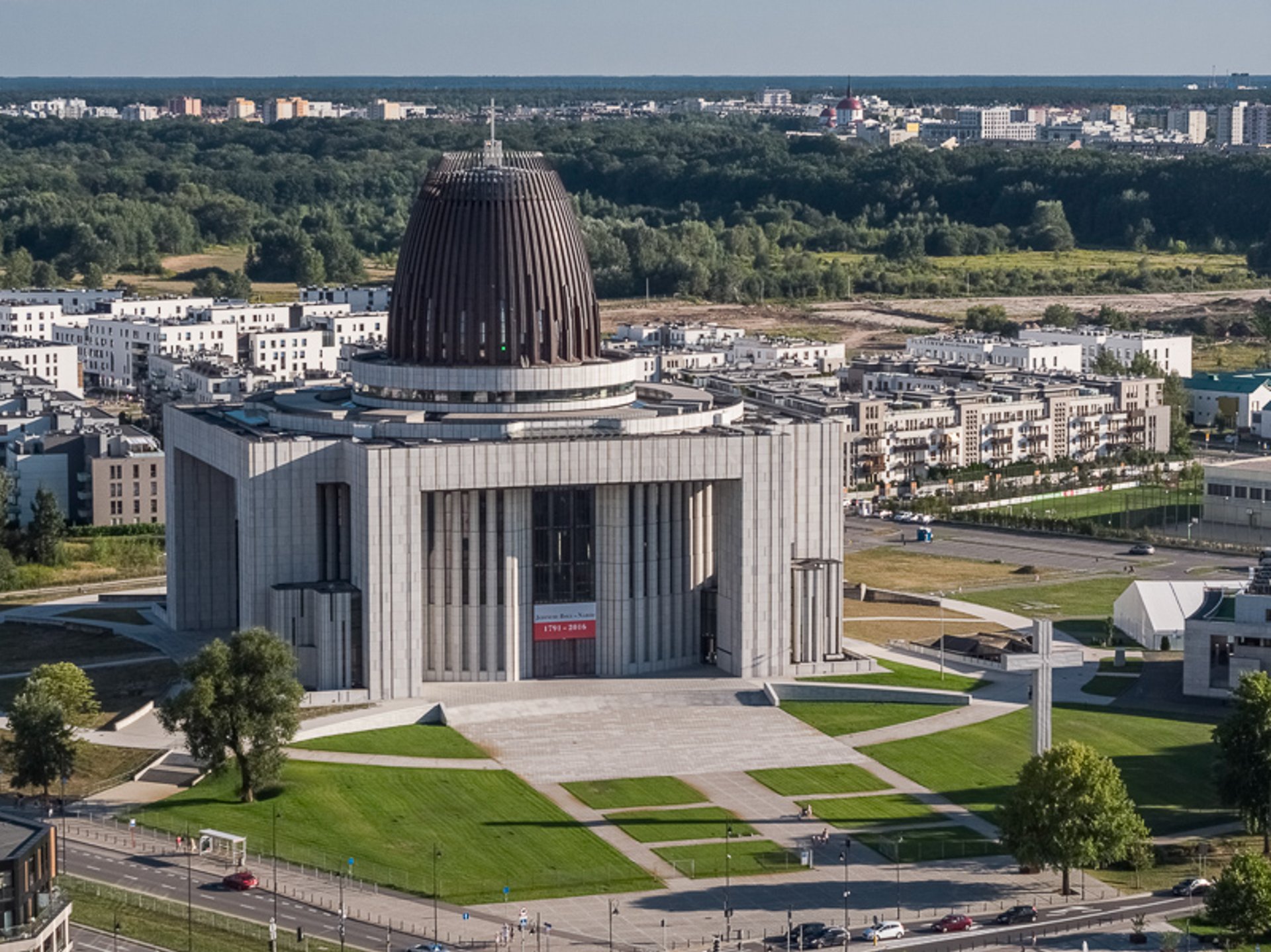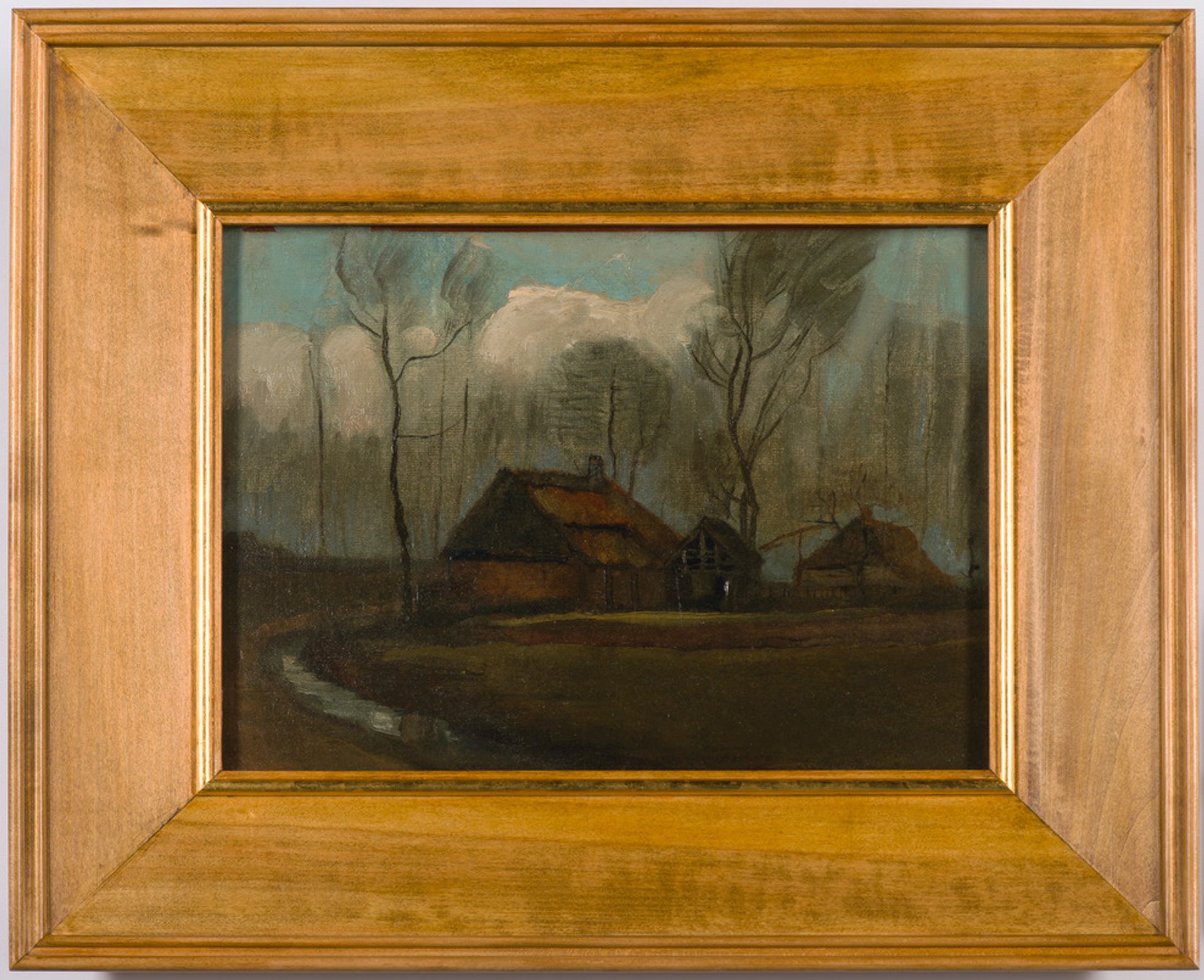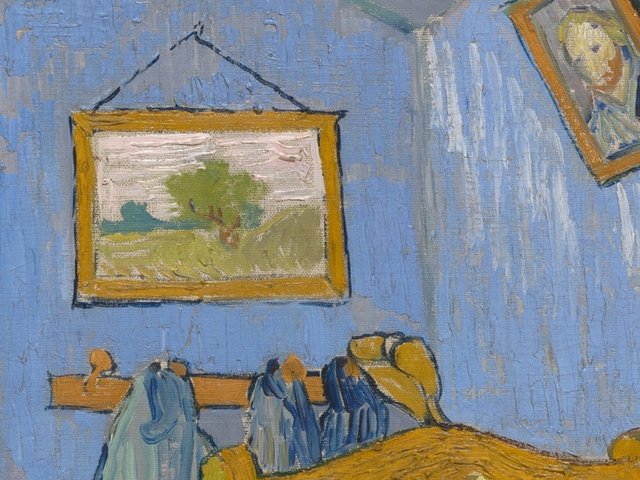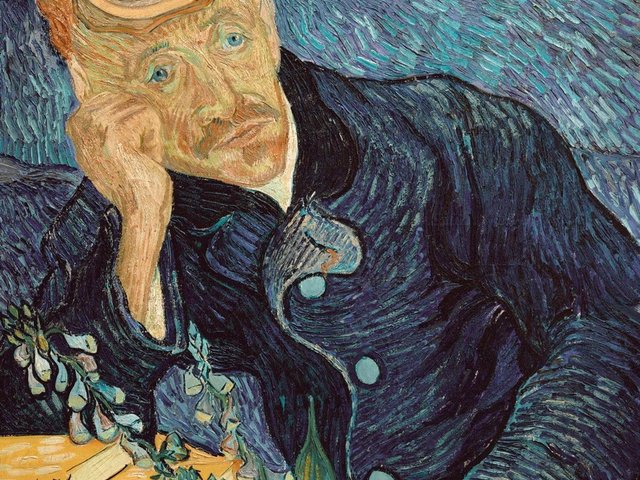Van Gogh’s newly conserved Country Huts among Trees is now the subject of a special exhibition in Warsaw, at the Museum of John Paul II and Primate Wyszyński. The museum was set up in honour of the first Polish Pope, John Paul II (1920-2005), and a Warsaw Primate, Stefan Wyszyński (1901-81).

View of the Museum of John Paul II and Primate Wyszynski, at the top of Temple of Divine Protection, Warsaw
Archiwum COB (Centre of Divine Protection), Warsaw
The Van Gogh painting, the only one in Poland, has just gone on display in a room 26 metres above the ground in the dome of Warsaw’s Temple of Divine Providence.
Although the landscape painting had belonged to the museum for decades, its appearance was poor and it attracted little attention. The picture has only been authenticated following a scientific examination by specialists at Kraków’s National Museum, with assistance from the Van Gogh Museum in Amsterdam. The pigments and the type of ground layer were found to match those used by Van Gogh at the time.
When the painting arrived at the Kraków conservation studio in 2021, the specialists regarded it as “a dark unsigned landscape in a frame that was both too large and too ornate [so it] did not make a good impression, even though it was associated with the great Vincent van Gogh”.
Country Huts among Trees was then thoroughly examined, using the latest technology. A layer of old, discoloured varnish, was painstakingly removed. The picture was also given a simpler and more appropriate frame.


Above: Country Huts among Trees before conservation in its old frame
Below: Country Huts among Trees after conservation in its new frame
Museum of John Paul II and Primate Wyszyński, Warsaw (photographs Tomasz Wilkosz and Michal Obarzanowski, LANBOZ, National Museum, Krakow)
Country Huts among Trees depicts a cottage, with a barn and another cottage behind. A canal or stream curves around the foreground, drawing the eye into the composition. Tall trees reach up into the blue sky, with puffy white clouds.
The painting has now been dated to September 1883 and it may depict a settlement in the village of Loosduinen, by the coast on the outskirts of The Hague. That month the artist broke up with his companion Sien Hoornik and left The Hague to move for a few months to Drenthe, in the north of Netherlands. This trip proved a failure and a few months afterwards he retreated to his parents’ home in Nuenen, in the south of the Netherlands.
When Vincent left Nuenen two years later Country Huts among Trees was among 40 paintings he left behind with his mother Anna. In 1888 she moved to Breda and the crate of pictures was put into storage with a local carpenter and abandoned in his attic. When the attic was eventually cleared, the full crate was apparently sold for less than $1. Eventually the importance of the paintings was spotted and they went to a Rotterdam art dealer, Christiaan Oldenzeel, in 1903.
By 1914 Country Huts among Trees had been bought by the important Swiss collectors Karl Meyer and his wife Nina Fierz, later passing to the art historian and museum director Franz Meyer Jr. In 1987 it sold it at Christie’s, where it fetched £88,000. The buyer was the Polish-born British collector Charles Carroll-Porczynski (1919-98). He was a chemical scientist who made his fortune in industry. The picture’s market value would now be several million pounds.
In 1987 Carroll-Porczynski donated more than 400 paintings, including the Van Gogh landscape, to the Catholic archdiocese of Warsaw, which deposited them in the Museum of John Paul II and Primate Wyszyński.
Now properly conserved and visually transformed, the landscape is the centrepiece of an exhibition, Van Gogh: The Stories of One Painting, running until April 2025.







